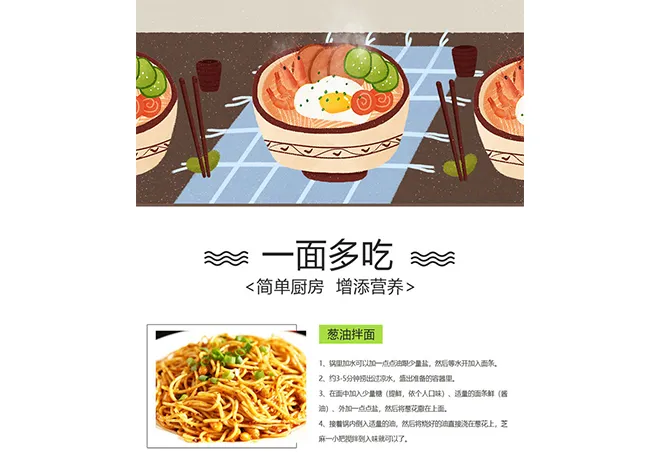fresh udon
Fresh Udon A Journey of Taste and Tradition
Udon, the thick and chewy Japanese noodle made from wheat flour, has become a culinary favorite around the world. From its humble origins in Japan to its modern-day interpretations in restaurants globally, fresh udon has earned a special place in the hearts of food enthusiasts. This article delves into the fascinating world of fresh udon, exploring its unique characteristics, traditional preparation methods, and the diverse dishes that showcase this beloved noodle.
At its core, fresh udon is a testament to the beauty of simplicity. Made with just three basic ingredients—flour, water, and salt—its texture and taste significantly depend on the quality of the ingredients and the skill involved in its preparation. Unlike dried udon, which can have a somewhat starchy mouthfeel, fresh udon boasts a delightful chewiness that elevates any dish. The noodle’s surface is slightly rough, allowing it to beautifully absorb broths and sauces, making every bite a truly satisfying experience.
Traditionally, udon is prepared using a time-honored method that has been passed down through generations. The dough is kneaded rigorously, allowing the gluten to develop fully. This step is vital; it creates that signature chewy texture that udon is known for. Once the dough reaches the right consistency, it's rolled out, cut into thick strands, and dusted with flour to prevent sticking. The process may seem straightforward, but mastering the art of making fresh udon requires patience, practice, and a deep respect for the ingredients.
One of the most delightful aspects of fresh udon is its versatility. It can be served in various ways, showcasing different flavors and ingredients. A classic serving is in a hot broth, often referred to as “kake udon.” This dish features the fresh noodles immersed in a savory dashi-based broth, garnished with green onions, tempura, or a soft-boiled egg. The combination of the rich broth and the slightly chewy noodles creates an unforgettable comfort food experience that warms the soul.
fresh udon

Another popular way to enjoy fresh udon is in a cold dish, particularly during the hot summer months. “Zaru udon” is a chilled variation served on a bamboo mat, accompanied by a dipping sauce called “tsuyu.” This dish allows the natural flavors of the noodles to shine, offering a refreshing take that contrasts beautifully with the warm, hearty broths served during colder seasons.
For those looking to experiment beyond tradition, fresh udon can also be incorporated into creative dishes. Its adaptability lends itself well to stir-fries, salads, and unique fusion recipes. Chefs have begun to use fresh udon in dishes that blend flavors from different cuisines, showcasing how this traditional ingredient can be reimagined in exciting ways.
Celebrating fresh udon also means embracing its cultural significance. In Japan, udon is not just food; it’s part of social gatherings and family traditions. Whether enjoyed at a local eatery or prepared at home during special occasions, udon embodies comfort, community, and a connection to heritage. Many families have their own recipes and methods for making udon, often passed down through generations, each adding their personal touch to this age-old dish.
In conclusion, fresh udon is more than just a noodle; it represents a rich culinary heritage filled with flavor, texture, and creativity. Its simple ingredients come alive through skilled preparation, resulting in a dish that can be comforting yet versatile. Whether sipped in broth or enjoyed chilled, fresh udon continues to invite food lovers to explore its endless possibilities, all while honoring its storied past. So the next time you sit down to a bowl of udon, take a moment to appreciate the tradition and love that has gone into every bite.
-
Is Whole Wheat Pasta Healthy?NewsMay.30,2025
-
Are Soba Noodles Good for Weight Loss?NewsMay.30,2025
-
Are Buckwheat Soba Noodles Healthy?NewsMay.30,2025
-
Are Buckwheat Soba Noodles Gluten Free?NewsMay.30,2025
-
Are Buckwheat Noodles Good for You?NewsMay.30,2025
-
A Healthy Way to Savor Soba and Spicy FlavorsNewsMay.30,2025
-
What Are Lanzhou Noodles?NewsMay.30,2025
Browse qua the following product new the we

















































































































